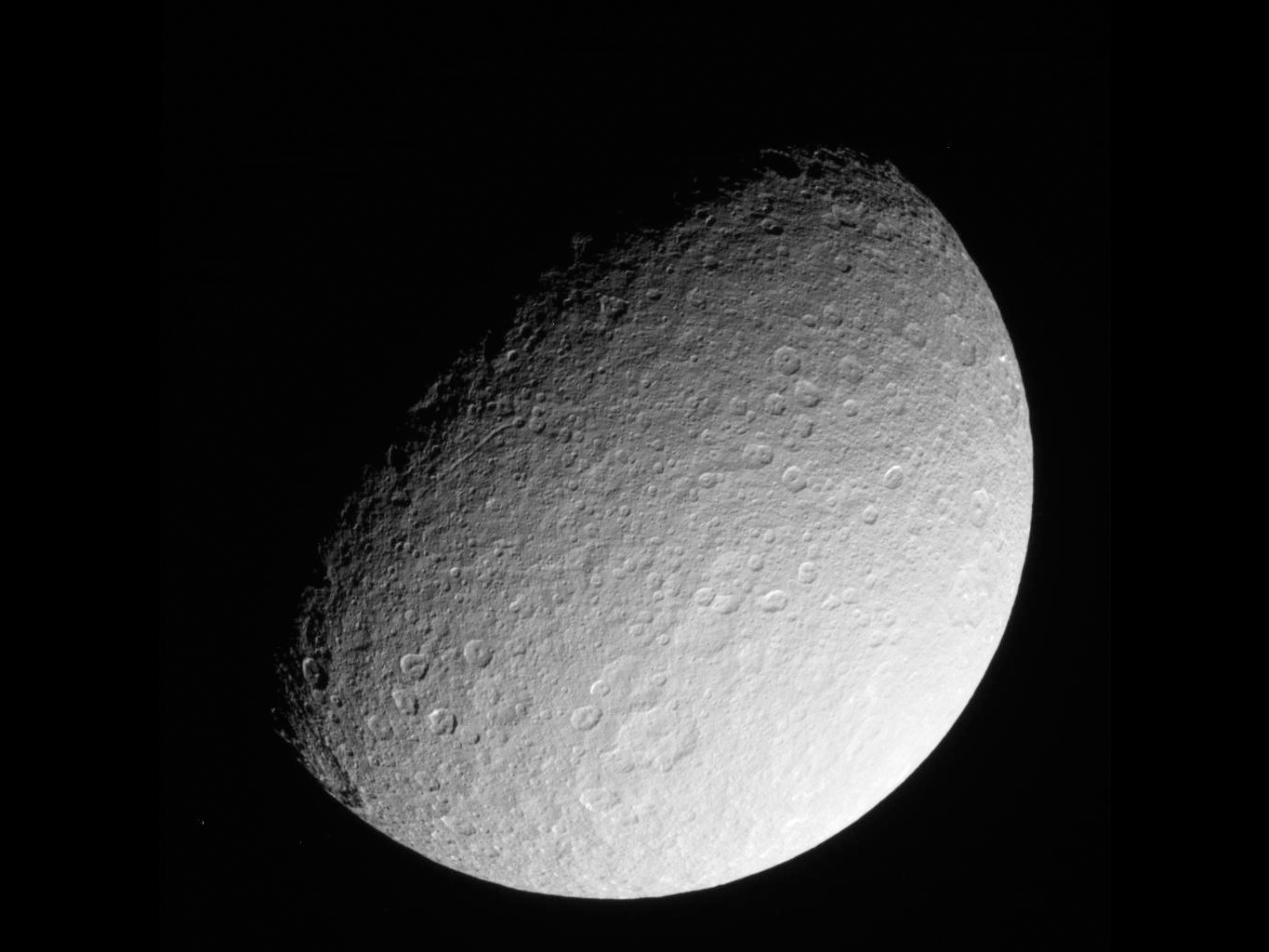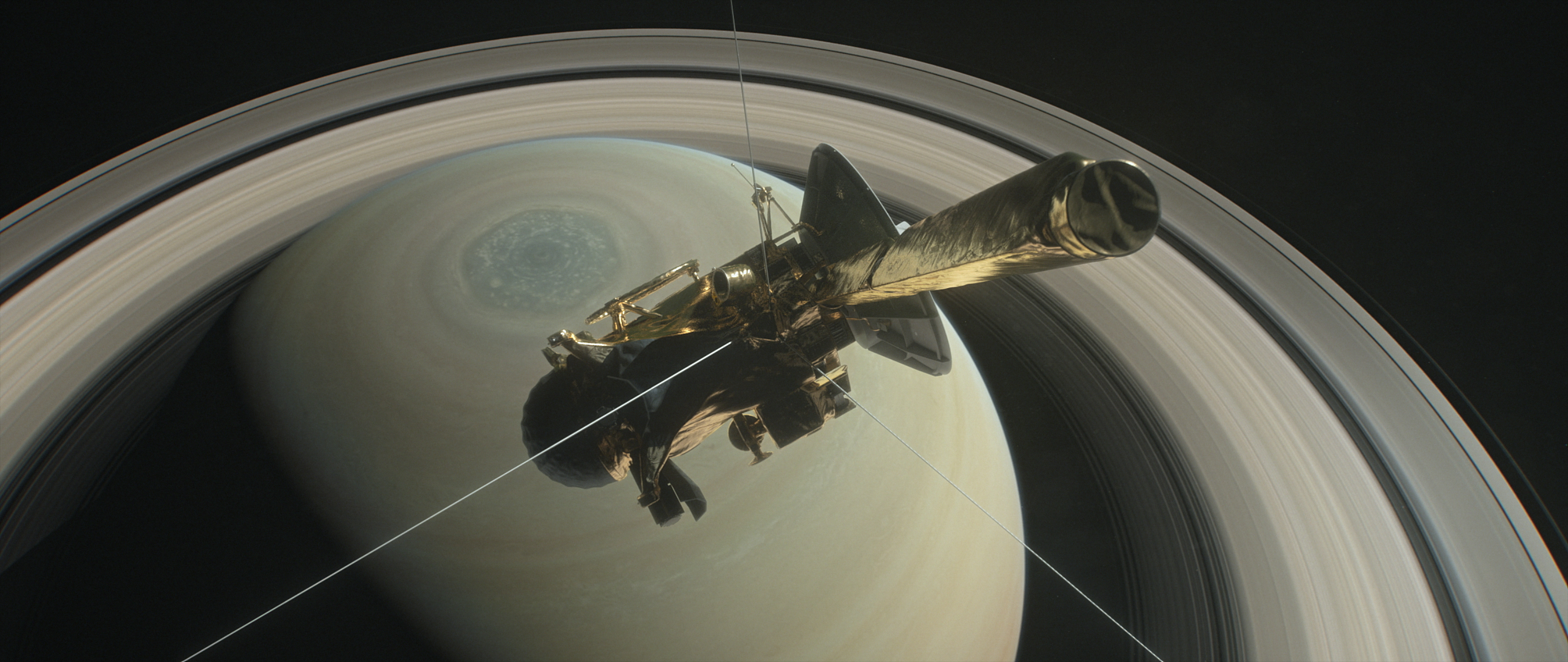Cassini's 13 Greatest Discoveries During Its 13 Years at Saturn
Observing cosmic particle accelerators
While Cassini is primarily a planetary science mission, focused on looking at Saturn and its moons, occasionally the spacecraft made observations that were useful for scientists in other subfields of astronomy. Take supernovas, for example: those massive explosions that happen at the end of a star's life.
In a study released in 2013, Cassini detected particles accelerated to very high energies, which is similar to the process that happens in supernovas. The particles themselves did not arrive from star explosions, but from a strong burst of solar wind — the constant stream of particles that emanate from our sun. The particles slammed into Saturn's magnetic field and created a shockwave that accelerated the particles to those furious speeds. Supernovas create similar shockwaves after they explode, but they are rare and happen quickly. Researchers often have to study supernova in other galaxies, from millions of light-years away. The authors of the study argued that Cassini's observations could provide an analogue for researchers to learn about supernova shockwaves.
Rhea's weird environments
While every moon is unique, scientists discovered a huge range of conditions at Rhea. For example, the moon is among the most heavily cratered objects in the solar system — which is strange, because moons of similar size (such as Dione or Tethys) are much smoother. One explanation is that the other moons' icy surfaces melt and become smooth due to internal heating caused by Saturn's gravity. Another is that Rhea receives more impacts due to its more distant location from the planet compared to Dione and Tethys.
Scientists are also in search of the source of plasma measurements, which were announced as possible rings in 2008. However, later observations in optical wavelengths did not reveal any rings, deepening the mystery.
Making a spacecraft last a long time
While Cassini will always be remembered for its spectacular discoveries at Saturn, humanity cannot forget the only reason it did so — because it managed to stay alive for the seven years it took to fly from Earth, and it survived for an astounding 13 additional years in Saturn's orbit.
Cassini's longevity will surely be a case study in how to design spacecraft; the reason the mission is ending now is not because the instruments are failing, but because the spacecraft is out of fuel. The spacecraft was also low on failures during its mission, only experiencing the occasional "safe mode" (which happens when the probe has a malfunction or something else goes wrong) — from which it always recovered quickly.
Breaking space news, the latest updates on rocket launches, skywatching events and more!

Elizabeth Howell (she/her), Ph.D., was a staff writer in the spaceflight channel between 2022 and 2024 specializing in Canadian space news. She was contributing writer for Space.com for 10 years from 2012 to 2024. Elizabeth's reporting includes multiple exclusives with the White House, leading world coverage about a lost-and-found space tomato on the International Space Station, witnessing five human spaceflight launches on two continents, flying parabolic, working inside a spacesuit, and participating in a simulated Mars mission. Her latest book, "Why Am I Taller?" (ECW Press, 2022) is co-written with astronaut Dave Williams.



